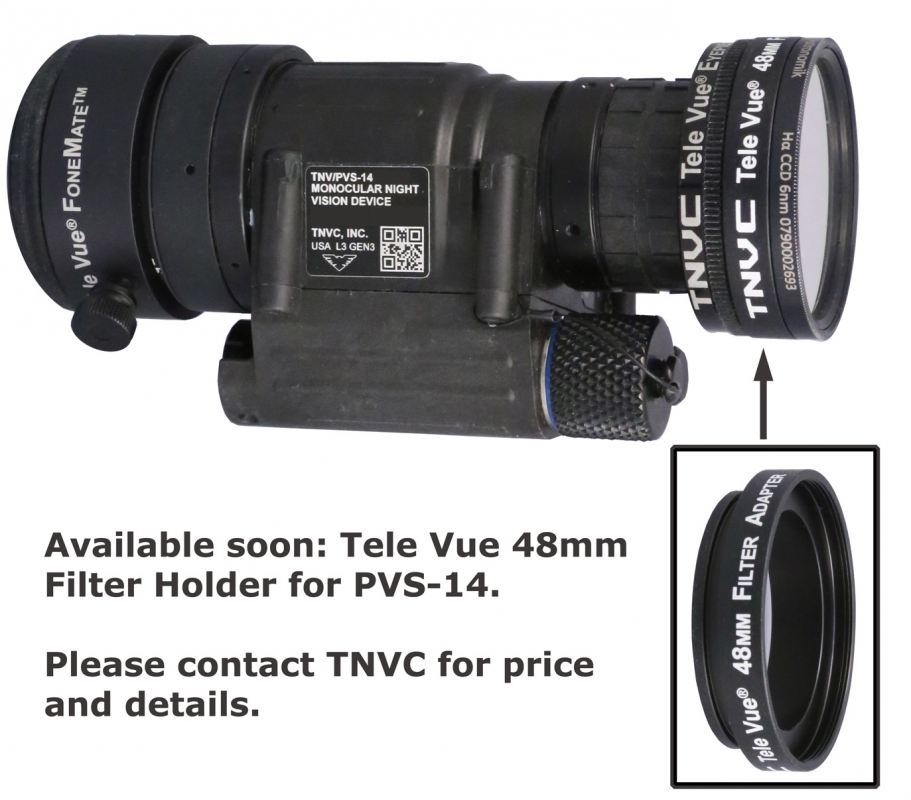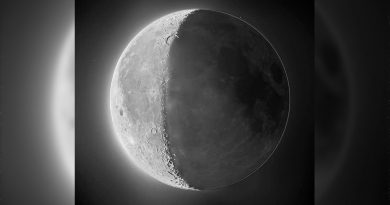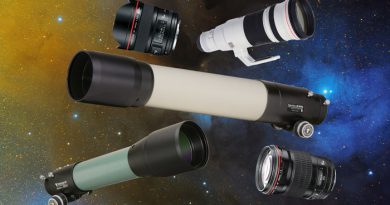Night Vision in the UK: Seize the Night!
This week’s guest blog post is written by Gavin Orpin. The blog came about as a result of a discussion between Gavin and Tele Vue President David Nagler at the recent AstroFest 2019 show held at the Kensington Conference and Events Centre in London.
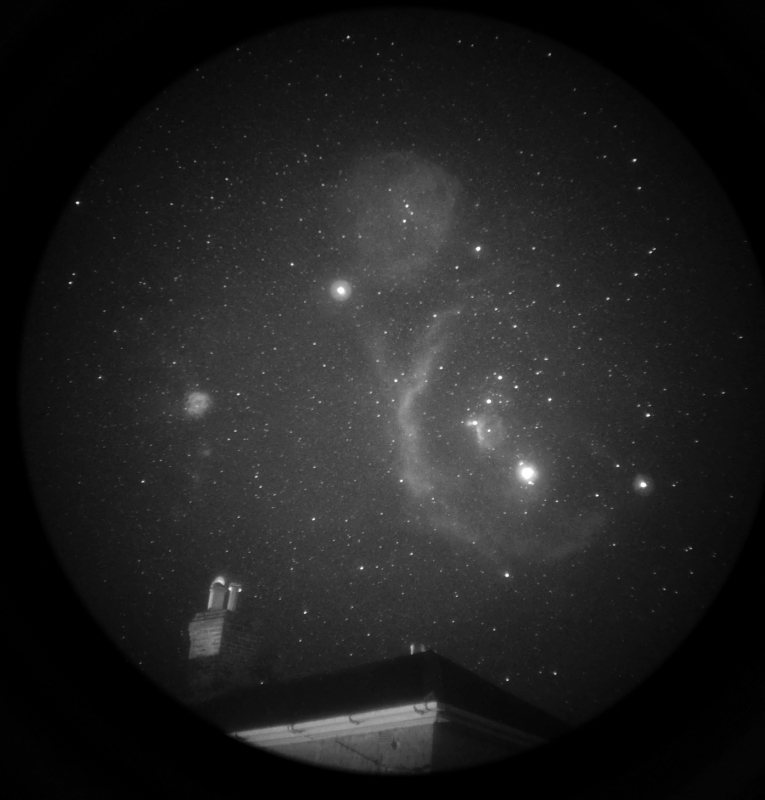
Coming from the U.K., using night vision for astronomy is very rare due to the cost and difficulty of getting night vision equipment. I estimate there are only around 6 night vision astro users in the whole of the U.K.. However, I was fortunate in that one of my local astronomy club members is the leading U.K. proponent of night vision astronomy, so I was able to see first-hand this technology in action.
[Night Vision] has given me a
completely new aspect of the
hobby to explore.
Given the significant light pollution, living near central London does create some big issues for visual astronomy. However, night vision has given me the ability to observe DSOs (Deep Sky Objects) with my Tele Vue-85 APO telescope that I would have no chance with normal glass eyepieces. It has given me a completely new aspect of the hobby to explore — for that I am very grateful to my astro club friend and Tele Vue for making it possible for a U.K. based astronomer. In addition, when I do get the chance to visit a dark site, the night vision works even better and I can see things I never dreamed of when I began observing the stars.
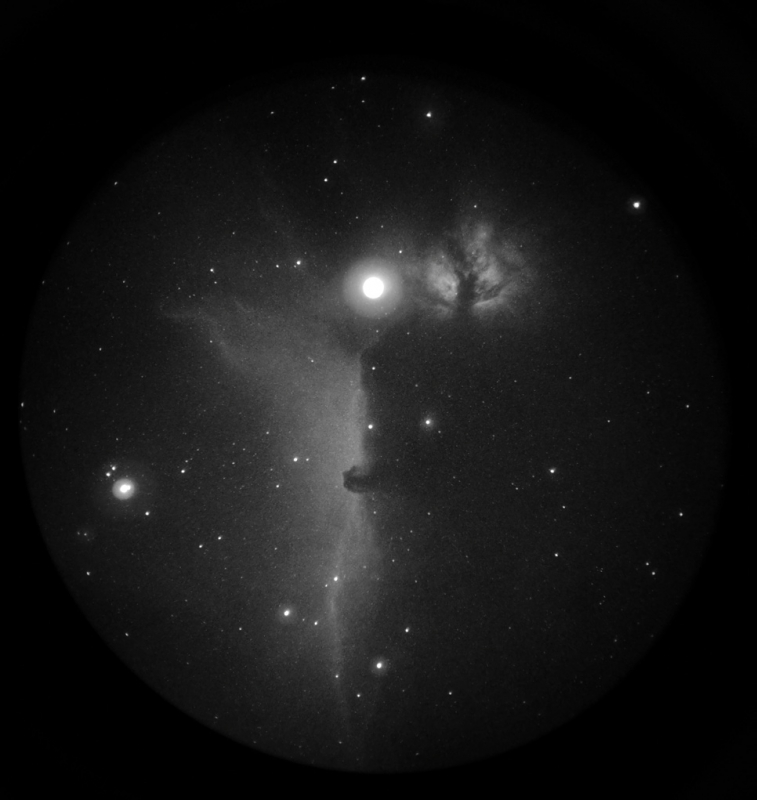
I confess initially I was quite skeptical, the green display in particular putting me off. The breakthrough for me came one evening at a club dark sky trip. I had my first look with night vision and was very impressed, despite the green. This was in August 2017 and broadly coincided with Tele Vue and Tactical Night Vision Company (TNVC) launching the night vision adapters for Tele Vue eyepieces and Tele Vue FoneMate smartphone adapter. I did some research and eventually found a European manufacturer of “PVS-14s” (a night vision monocular that uses Generation 3 image intensifiers) which could legally sell them to U.K. residents and which also came with new good quality white phosphor Photonis 4g intensifier tubes. So, I took the plunge and ordered one. I contacted TNVC to order the adapter which can be shipped to the U.K.. Also, despite being a visual only astronomer, I ordered the Tele Vue FoneMate adapter and FoneMate from TNVC.
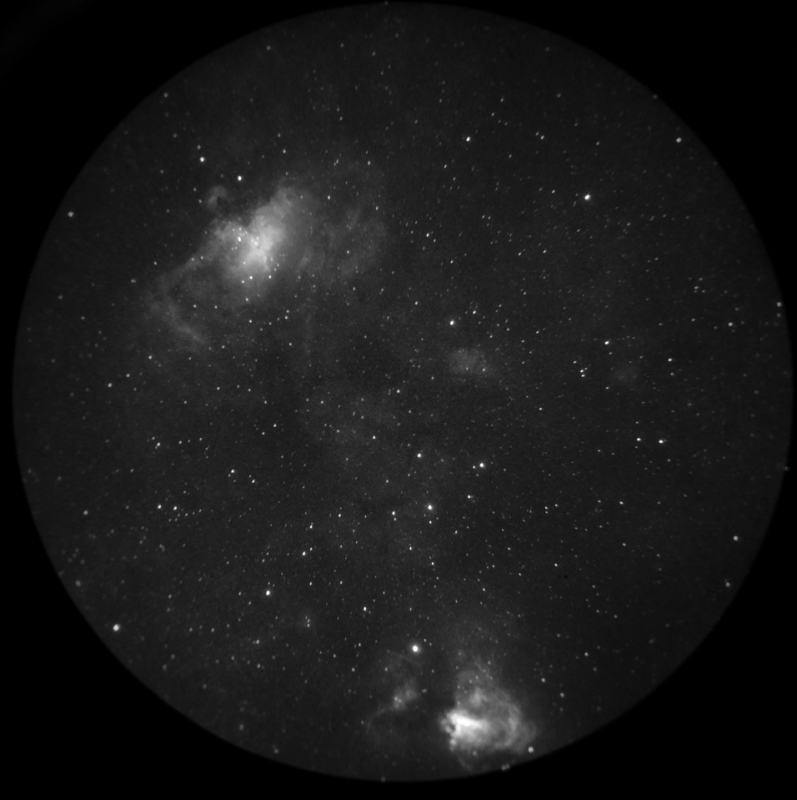
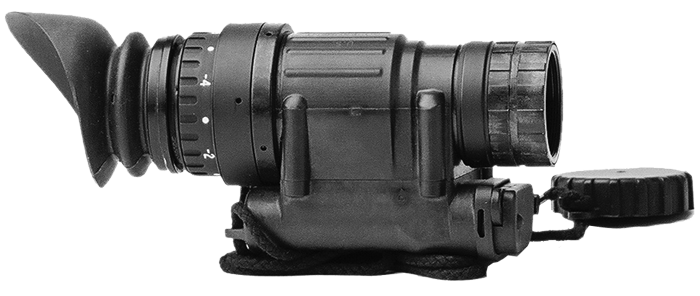
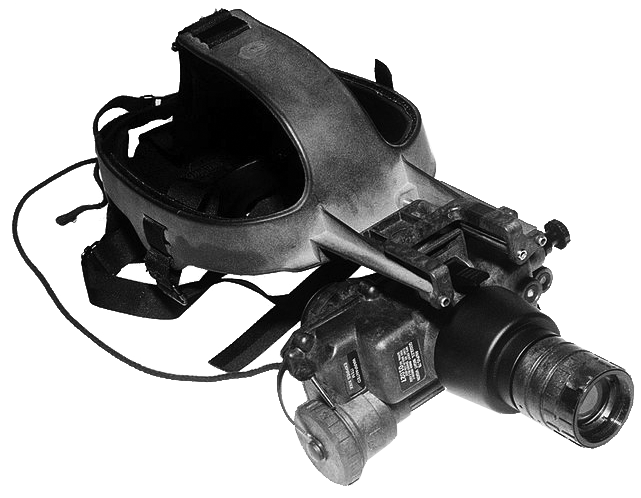
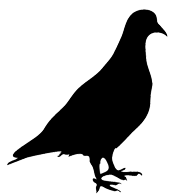
I was immediately hooked on
night vision astronomy.
By the end of November 2017, I had gathered all the equipment (including 6nm Hα filter for nebulae and 685nm infrared long pass filter for galaxies and clusters) necessary to begin night vision astronomy. On my first night I saw the Horsehead and Flame nebulae for the first time ever (and this was from the light polluted back garden near London!) It was transformational for me and I was immediately hooked on night vision astronomy. As well as the stunning visual views, I also loved the FoneMate phone camera images that I could take as a memento of observing sessions. I’ve never imagined this before and now had a completely new facet of the hobby for me to explore.

Since then, I have gradually gained experience and refined my night vision setup. In September 2018 I had a holiday trip to Tenerife (Canary Islands) and decided to take my astro gear with me. This included the Tele Vue-85, which is a great travel telescope, that I can take as carry-on luggage.
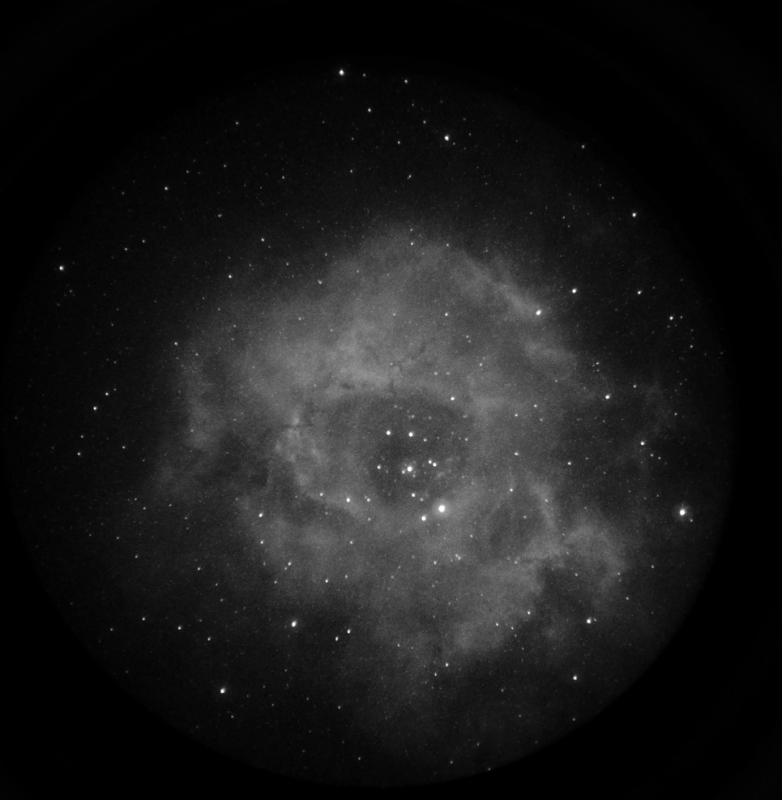
Since Tenerife was much further south than the U.K., it opened up new skies for me to see which was exciting. I had some decent night skies, although not as dark as I hoped, since the moon rose shortly after midnight and there was some light pollution around the hotel in the village I was staying in.
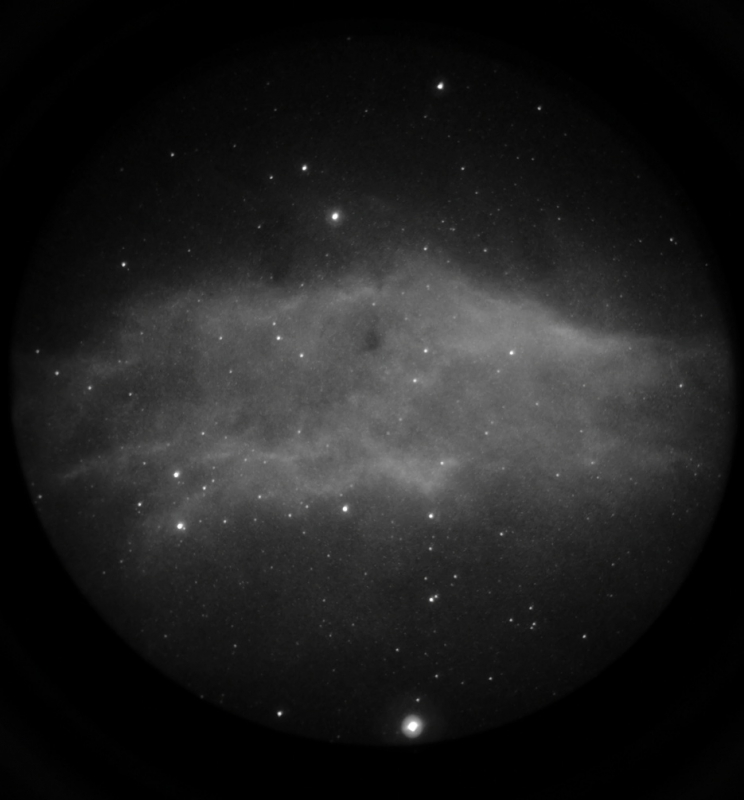
Nonetheless, using the Tele Vue-85 and a Tele Vue 55mm Plössl to reduce the speed of the system to around f/3.3, the night vision monocular gave some spectacular visual views of deep sky objects such as the North American, Veil, Eagle, Lagoon and Catspaw nebulae.
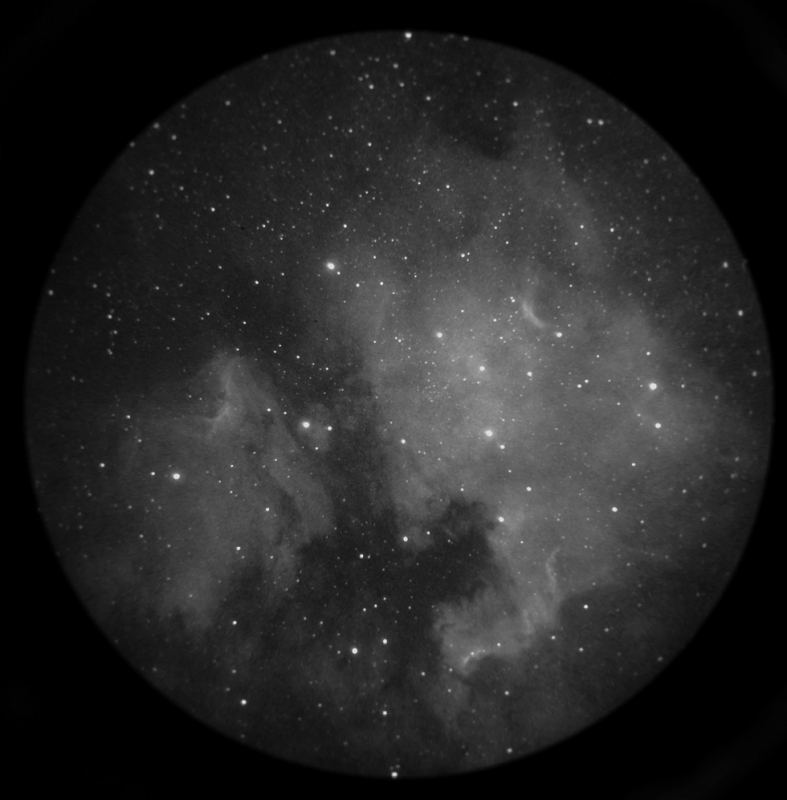
I use a Huawei P20 Pro phone to take my images. It allows me to take exposures up to 30 seconds long with low ISO of 50-200 to reduce graininess. Since the main purpose of my images is to record my visual observing sessions, my aim is to try to replicate the actual eyepiece views as much as possible. I am not going for perfect images and don’t do any post-processing. I love the ability to observe lots of objects using a “go-to” tracking mount and also take quick snapshots of them.
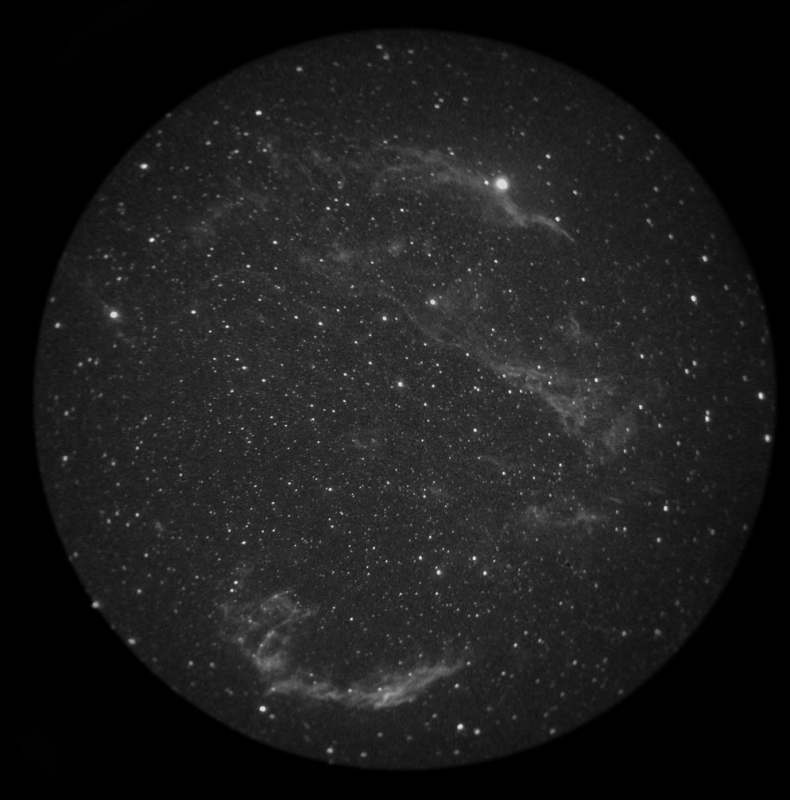
I recently saw my first supernova
using night vision!
Emission nebulae are my favourite DSOs since night vision works best on these (with the Hα filter) but I also have lots of fun observing galaxies and globular clusters with night vision (and the 685nm infrared longpass filter). I recently saw my first supernova using night vision!

- Night Vision background on our website (mobile site)
- Recommended Tele Vue eyepieces for Night Vision (mobile site)
- Sky & Telescope review on Tele Vue / TNVC Night Vision for astronomy (mobile site)
- Night vision accessories for Tele Vue eyepieces at TNVC.com.
- TNVC’s Night vision packages that include FoneMate™ for imaging on your smartphone.
- Hands-on with the Tele Vue-85 (mentions in prior blog posts)
- Tele Vue-85 webpage (mobile site)
Did you observe, sketch, or image with Tele Vue gear? We’ll like your social media post on that if you tag it #televue and the gear used. Example:
#televue #tv85 #ethos #jupiter
Do you want your Tele Vue images re-posted on Tele Vue Optics’ Social Media accounts? Use this hashtag for consideration:
#RPTVO

